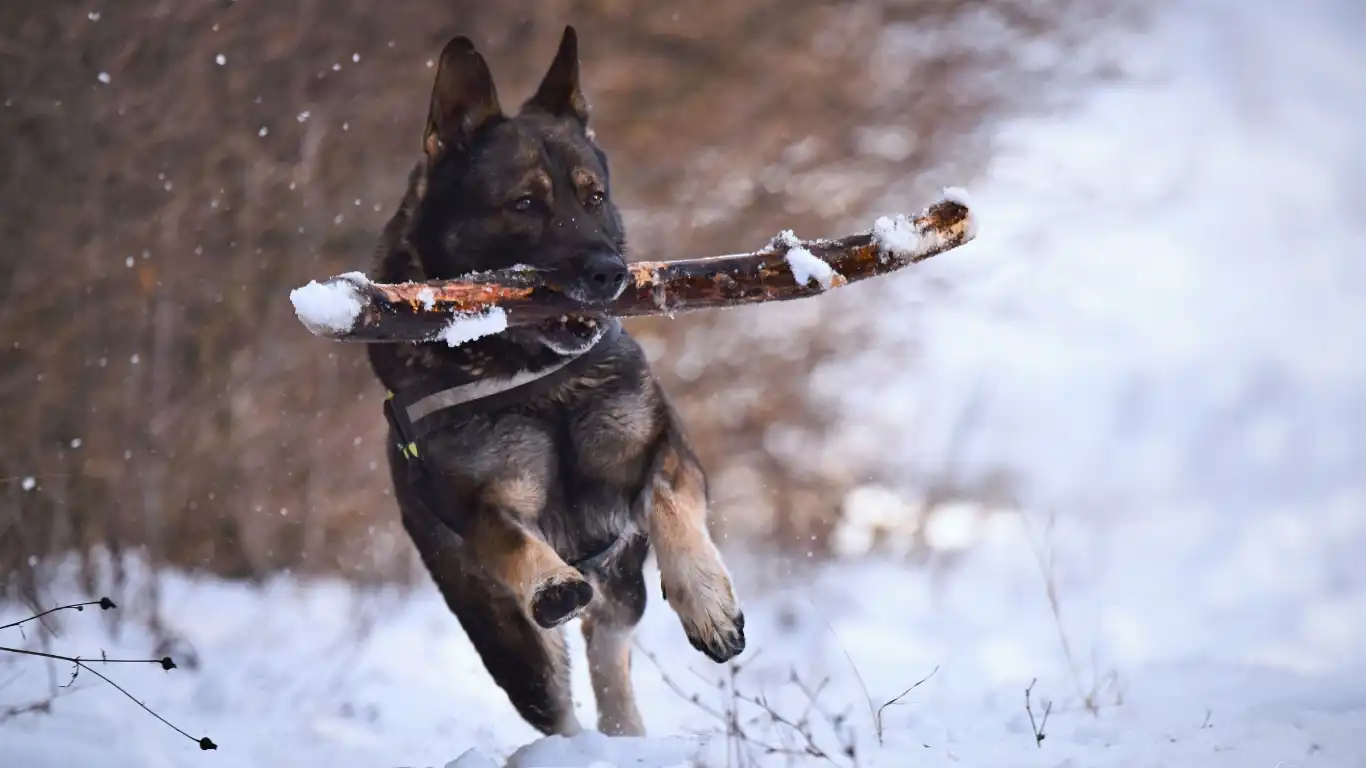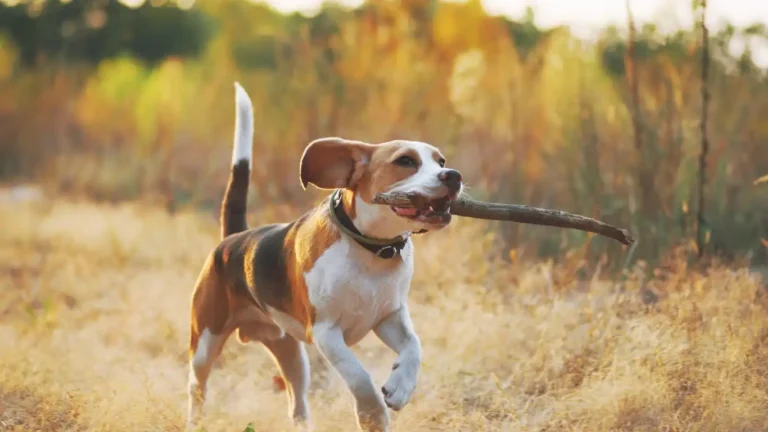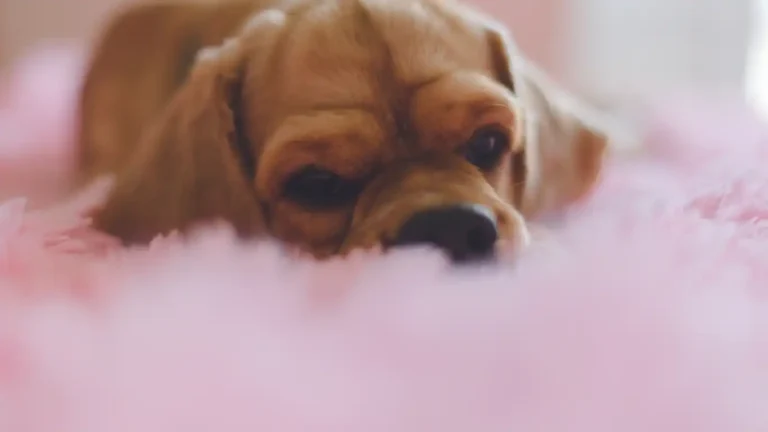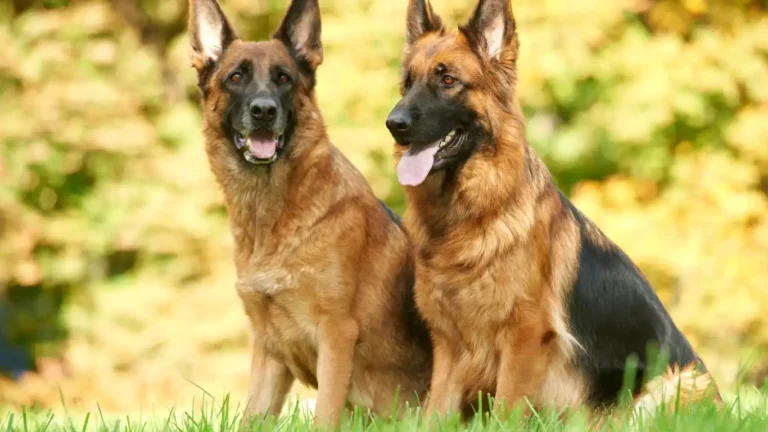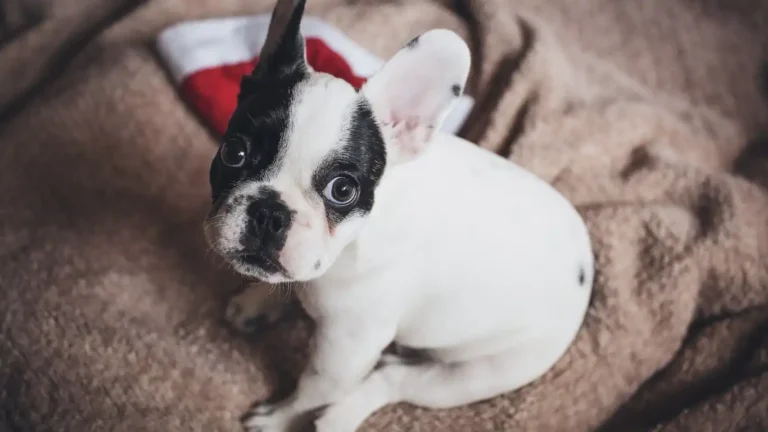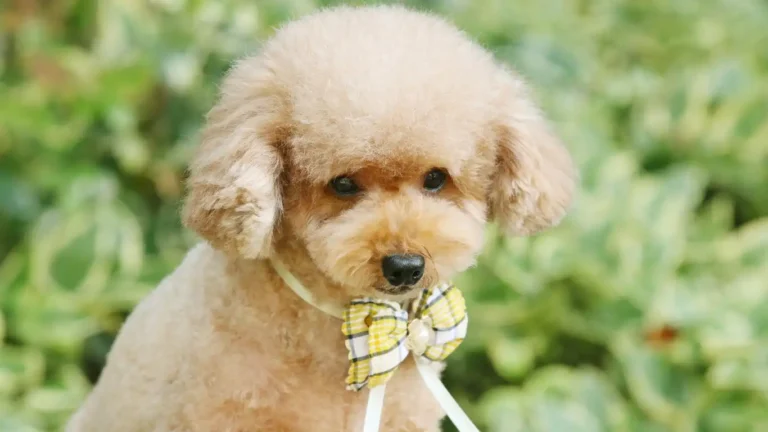How to Brush a Dog’s Teeth at Home Like a Pro (Easy & Stress-Free)
If you’ve ever wondered how to brush a dog’s teeth at home, you’re definitely not alone—and trust me, you’re already ahead of the game just by asking. As a Veterinary Technician/Nurse who specializes in pet nutrition, I’ve seen firsthand how many pet parents overlook dental health until there’s a serious issue. But the good news? Brushing your dog’s teeth at home isn’t as intimidating (or messy!) as it sounds. With a little know-how and a few insider tips from someone who’s been elbow-deep in canine dental exams, you’ll be on your way to fresher breath, healthier gums, and fewer vet bills. Let’s break it down together.
Why Brushing Your Dog’s Teeth at Home Matters
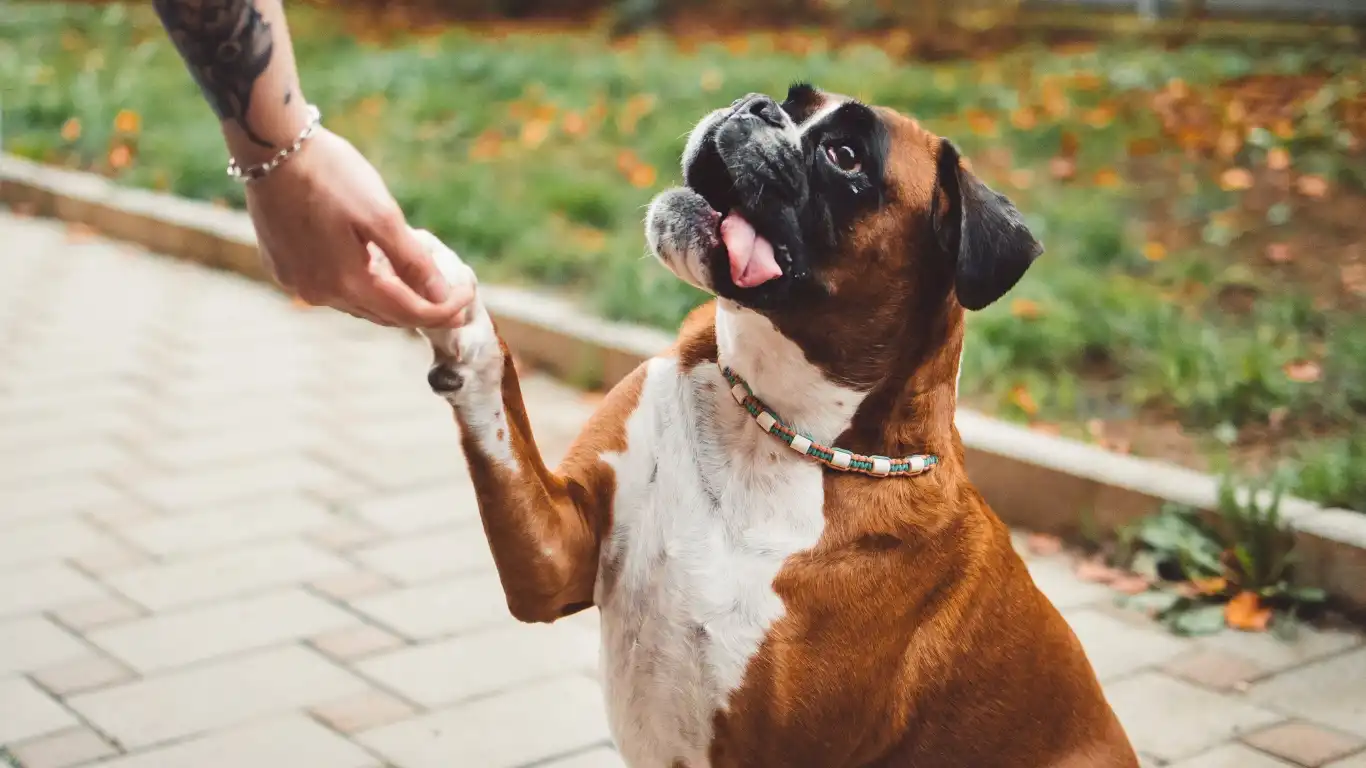
Most dogs won’t show obvious signs of dental pain until things are pretty far along. That’s why daily or even just a few-times-a-week brushing can make a world of difference. I’ve worked with countless clients who were shocked to learn that their dogs had early gum disease—just because the pup was still eating, playing, and acting totally normal.
Here’s the thing: dental disease in dogs is super common. By the time they’re three years old, most dogs have some level of periodontal disease. It’s not just about stinky breath (though, let’s be real, dog breath can get pretty gnarly). Poor dental hygiene can actually lead to serious health problems, including infections that can affect the heart, liver, and kidneys. It all starts in the mouth.
Veterinary Insights You Won’t Find on the Label
From my years in the clinic, I can tell you that brushing your dog’s teeth is one of the most underrated ways to boost their overall health—and one of the easiest to overlook. I’ve had clients come in with dogs who were in otherwise perfect health, only to find advanced tartar buildup and gum inflammation. You wouldn’t skip brushing your own teeth for a week, right? Same goes for our pups.
And while dental chews, water additives, and kibble textures help a little, nothing replaces the mechanical cleaning that a good old toothbrush provides. It’s about prevention, not just reaction.
What You’ll Need to Get Started
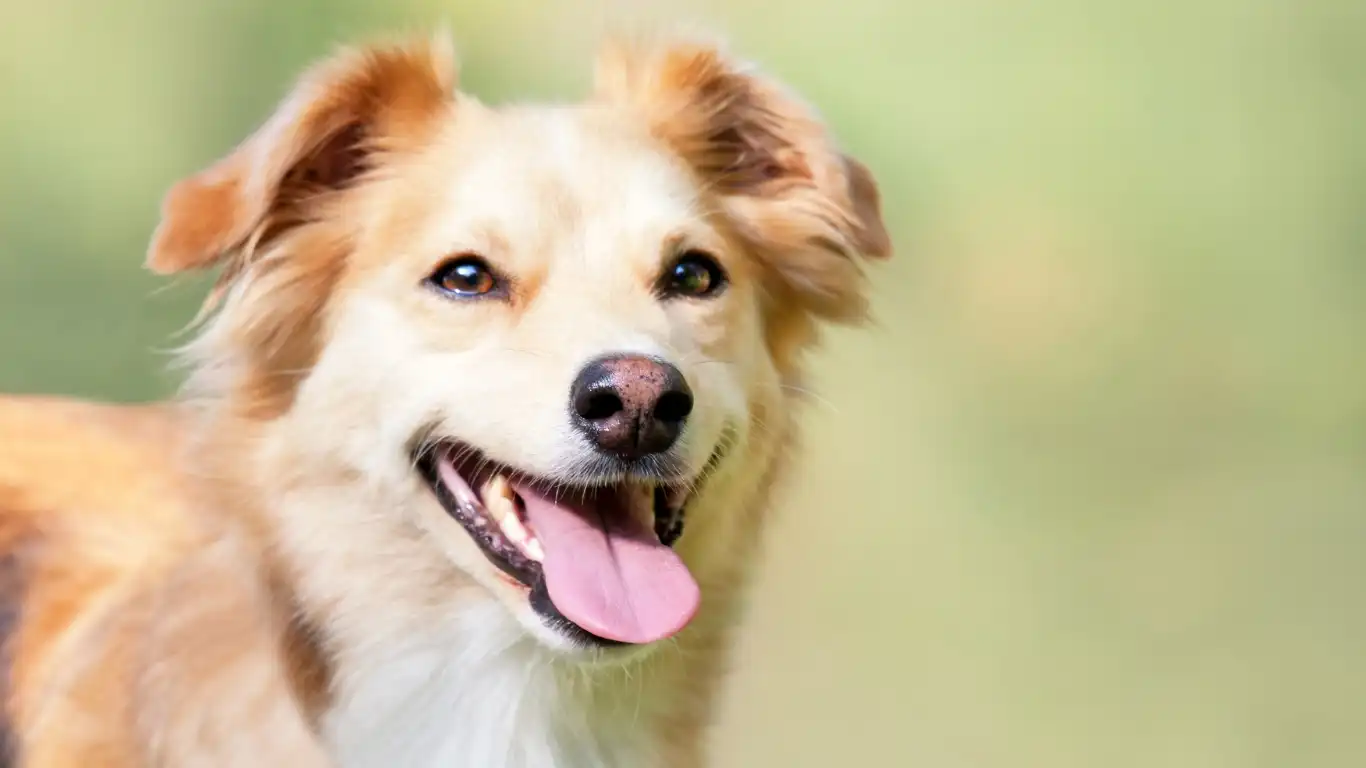
Gather Your Tools
Before we get into the technique, let’s talk tools. You really don’t need a ton of gear to start brushing your dog’s teeth at home. But using the right stuff makes all the difference.
- Dog-Safe Toothpaste: Never use human toothpaste—it often contains xylitol, which is toxic to dogs. Stick to a vet-approved enzymatic formula. Poultry or peanut butter flavor usually goes over well.
- Toothbrush: You can use a pet-specific toothbrush (they’re angled and softer), or a finger brush if your dog’s just getting used to the process. Some folks even use gauze wrapped around a finger—works in a pinch!
- Towel or Mat: Especially helpful if you’re brushing on the floor and want to keep things clean.
- Treats: Reward, reward, reward. Make the experience positive!
Optional, But Helpful
- Dental wipes: Not as effective as brushing, but better than nothing—great for in-between days or super fussy dogs.
- Doggie dental rinse: Can be added to water bowls, but don’t use as a standalone fix.
- Calming aid: If your dog gets nervous, a calming treat beforehand might help ease the tension.
Getting Your Dog Comfortable With Tooth Brushing
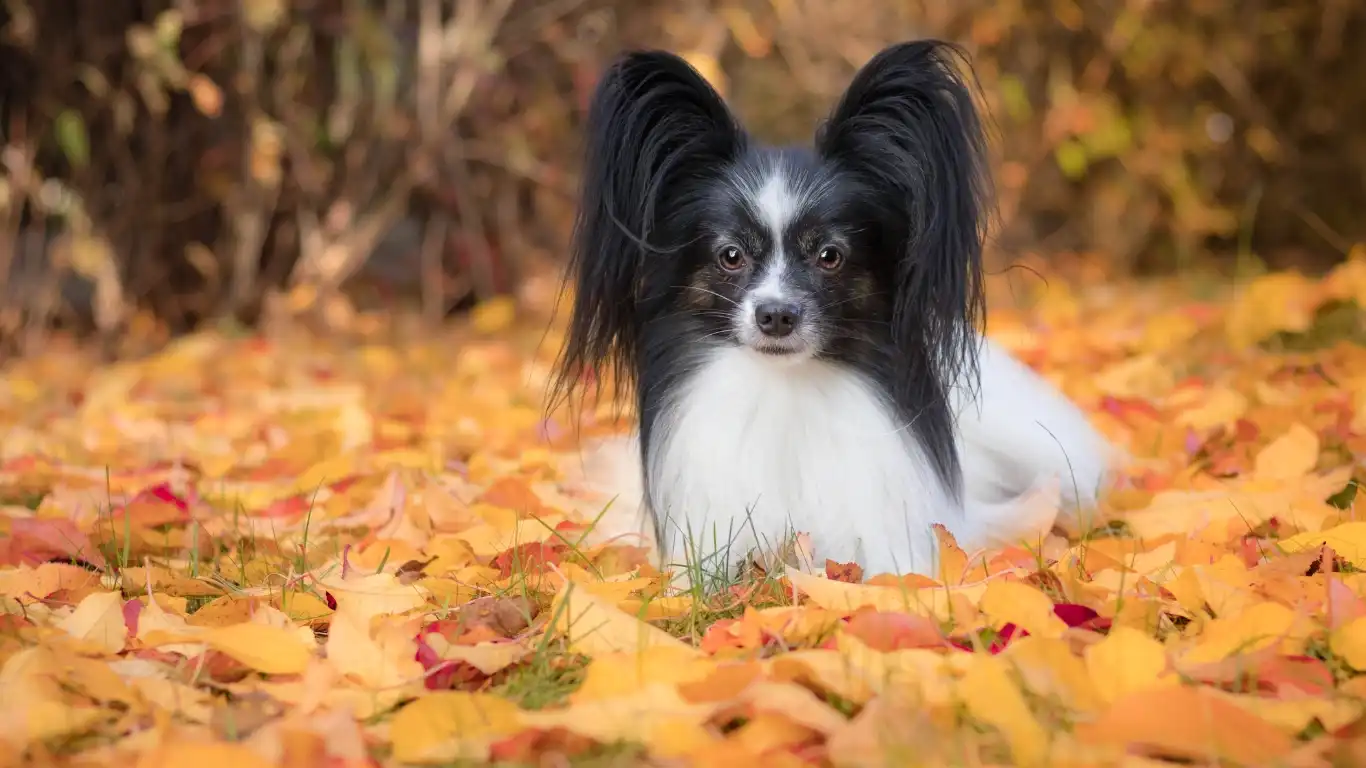
Look, I’ve had to work with everything from squirmy Chihuahuas to massive Great Danes who thought brushing was some kind of torture. The secret? Start slow and keep it fun. Seriously—don’t go in like a dental drill sergeant on day one. Your dog will pick up on your vibe, so stay chill and upbeat.
First Steps to Success
- Let them sniff the tools: Before doing anything, let your dog check out the toothbrush and toothpaste. Let them lick the paste off your finger so they associate it with something tasty.
- Practice without pressure: For the first few days, just touch their muzzle, lift their lips, and handle their mouth gently. Pair it with lots of praise.
- Finger first: Once they’re used to you touching their mouth, try rubbing your finger (or a bit of gauze) on their teeth. Short sessions, lots of rewards.
Don’t rush. This isn’t a one-and-done deal—it’s about creating a routine. I always tell my clients, “Set the bar low at first. Just brushing the front teeth is a win. You can build up from there.”
When Things Get Tricky
If your dog absolutely hates having their mouth touched, don’t force it. I’ve had plenty of pet parents feel discouraged because their dog growled or ran off the second they saw the brush. That’s okay. Back up a step, use positive reinforcement, and maybe try after some exercise when your pup is more relaxed.
And hey, you’re not failing if brushing every day seems impossible at first. I tell people all the time: even two to three times a week makes a difference. Consistency over perfection.
Step-by-Step Guide on How to Brush a Dog’s Teeth at Home
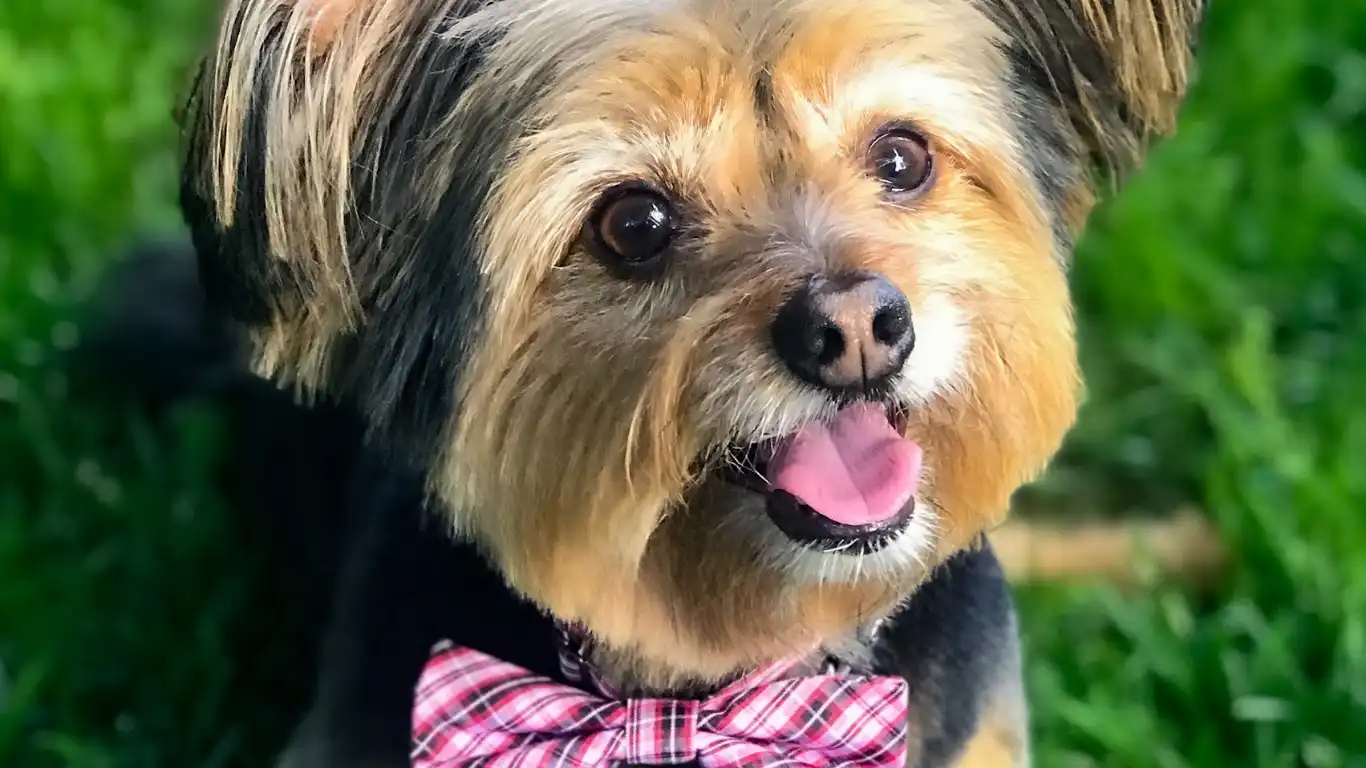
Alright, now that you’ve got your tools ready and your pup somewhat used to the idea, it’s time to actually brush. I’ll walk you through the exact steps I use with my own dog and what I recommend to clients in the clinic. Honestly, once you and your pup get the hang of it, this whole thing can take less than five minutes. And hey—five minutes a day is way cheaper than a dental cleaning under anesthesia, right?
1. Set the Scene
Pick a calm, quiet time. After a walk or play session is ideal since your dog will be a little more mellow. Sit on the floor with your dog in a relaxed position. Avoid standing over them—it can feel intimidating.
2. Position Yourself Comfortably
Don’t try to pry their mouth open like you’re checking a shark for cavities. Instead, gently lift the lip on one side to expose the teeth. Use your non-dominant hand to hold the snout if needed.
3. Brush in Small Circles
Using your pet toothbrush or finger brush, apply a small amount of dog-safe toothpaste. Start brushing in small circular motions along the gum line. Focus on the outer surfaces—the insides are harder to reach and less prone to plaque.
4. Praise as You Go
Keep talking to your dog in a calm, encouraging voice. I like to throw in a few “good boys” or “you’re crushing it” as I go. Make it feel like a game, not a chore.
5. End on a High Note
Even if you only get a few teeth done, that’s totally fine! Give a treat, toss a toy, or do something they love right after. That way they associate brushing with positive stuff.
Signs You’re Doing It Right (and When to Ask for Help)
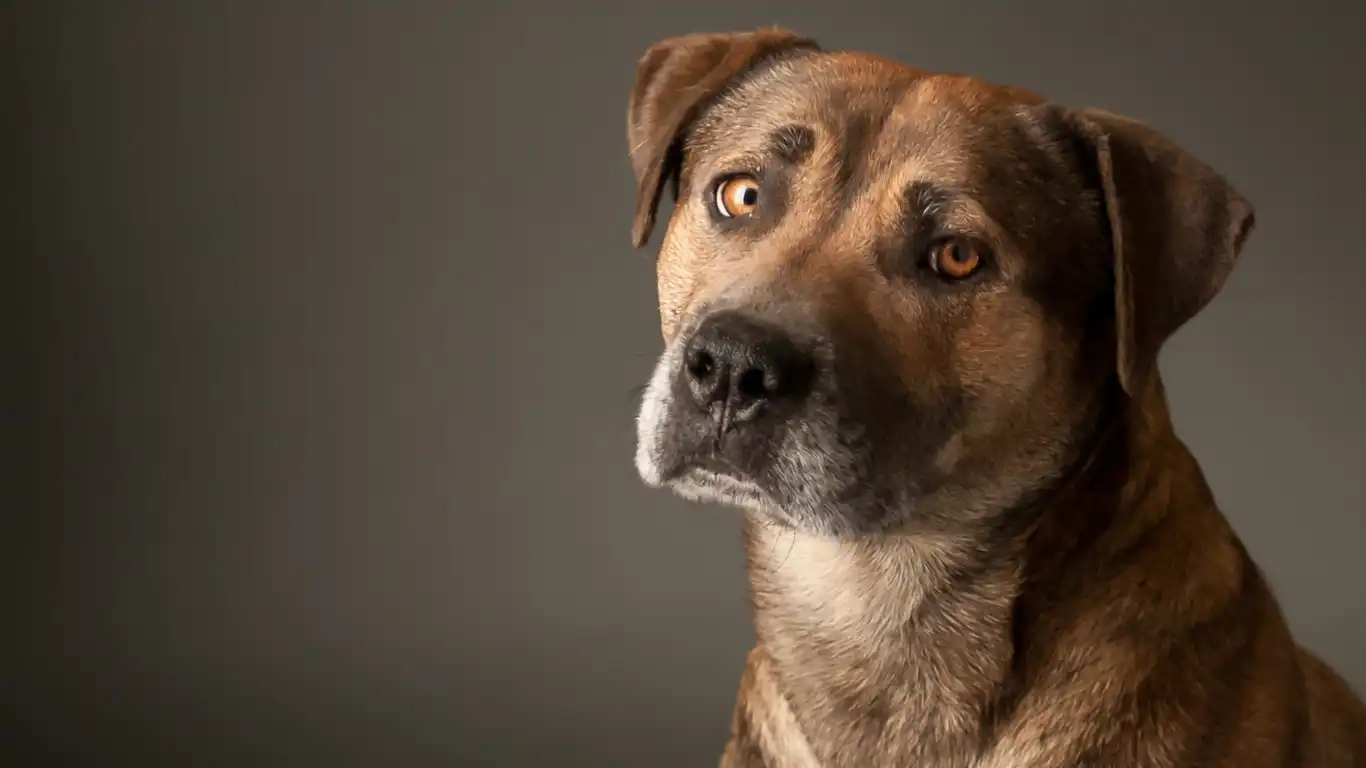
I know a lot of pet parents second-guess themselves when starting out, especially if their dog fidgets or acts unsure. Don’t stress. Here are a few signs you’re on the right track:
- Your dog is allowing brief brushing without pulling away or growling.
- You’re able to brush along most of the gumline, even if just a few teeth at a time.
- The gums look pink, not red or bleeding (a little pinkness is normal if they’re not used to it).
That said, here’s when you should hit pause and check in with your vet:
- Bleeding that doesn’t stop: A little spotting might be okay at first, but heavy bleeding or swollen gums is a red flag.
- Loose or missing teeth: This could mean advanced dental disease. Your dog might need a professional cleaning before you start brushing at home.
- Extreme resistance: If your dog is aggressive or terrified, don’t force it. A trainer or behaviorist can help desensitize them.
How Often Should You Brush Your Dog’s Teeth?
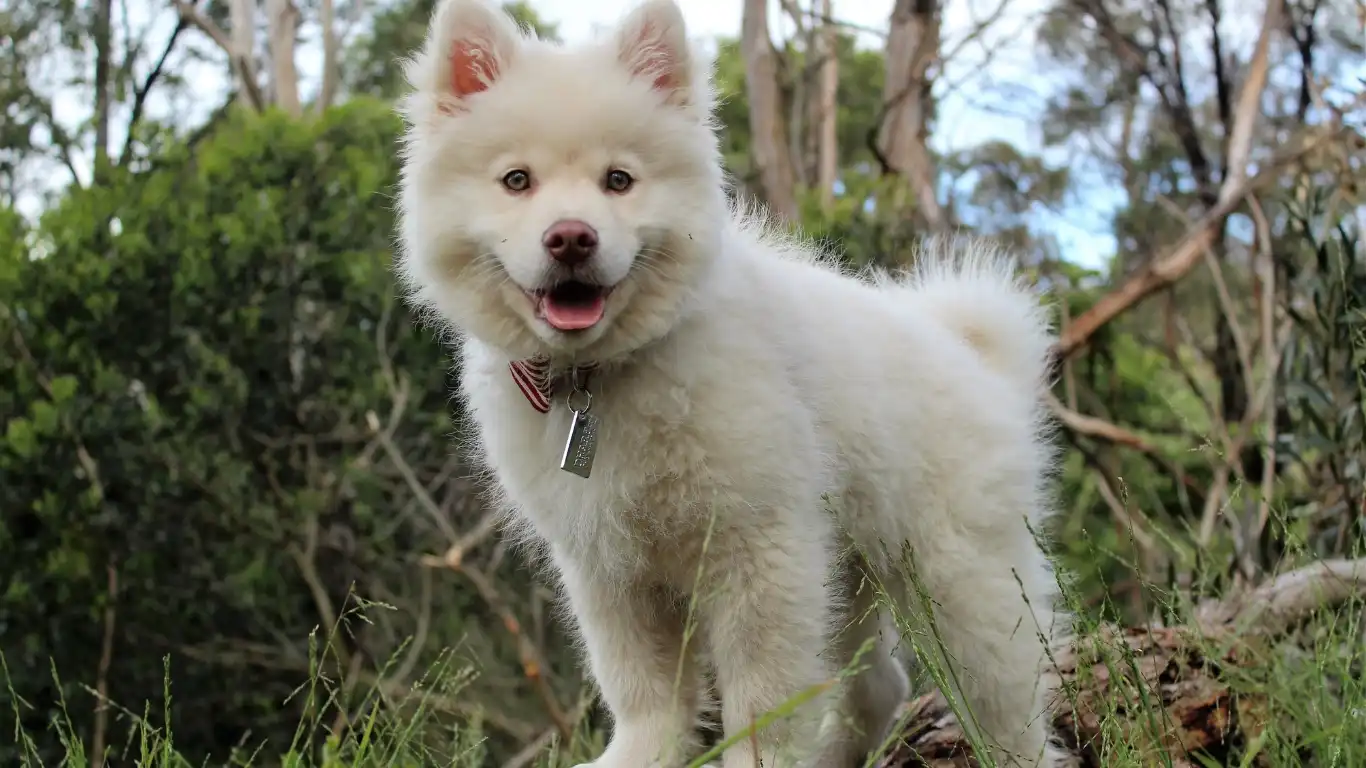
Ideally? Every single day. But realistically, brushing three to four times a week is a solid goal. Think of it like this: if you brushed your own teeth just a couple times a week, it’d be better than nothing—but not great long-term. Same for our pups.
And let me say this—I’ve seen some incredible transformations just from consistent home care. One client of mine had an older beagle who hated the vet and couldn’t be put under anesthesia easily. She committed to brushing his teeth every day, and within three months, his breath was better, his gums healthier, and the plaque buildup significantly reduced. It’s proof that even without professional cleanings, brushing makes a real difference.
Routine Building Tips
- Link it to another habit: Brush right after your morning coffee or just before your pup’s dinner—something already built into your schedule.
- Keep supplies visible: If the toothbrush is tucked in a drawer, you’ll forget. Leave it near your dog’s food or treat area.
- Be flexible: Missed a day? No biggie. Just pick it back up the next day. Progress over perfection.
Can’t Brush Daily? Other Options That Help
Life happens. Maybe your dog isn’t having it, or maybe your week got away from you. That doesn’t mean you’re out of luck. There are still ways to support your pup’s oral health.
Dental Add-Ons That Actually Work (Some Better Than Others)
- Dental Chews: Look for the VOHC seal. Not all chews are created equal—some are just glorified treats.
- Water Additives: A decent backup, especially for small dogs. Just be sure it’s vet-approved and doesn’t contain alcohol or xylitol.
- Dental Diets: Prescription dental kibbles like Hill’s t/d or Royal Canin Dental have specific textures that help reduce plaque.
- Oral Sprays & Gels: Some enzymatic formulas can help break down bacteria between brushings. They’re not magic, but better than nothing.
Still, none of these are replacements for brushing. I always say: they’re sidekicks, not superheroes. You want that brush in the starring role.
My Personal Favorites (Off the Record, But Honest)
Okay, if you’re curious: I use Virbac’s enzymatic toothpaste (the vanilla-mint one smells the least “dog food-ish” to me), a long-handled pet toothbrush, and Greenies as an occasional reward. I brush every night after dinner—takes less than 3 minutes and my dog actually gets excited now when he sees the brush. Go figure!
How to Make Tooth Brushing a Lifelong Habit
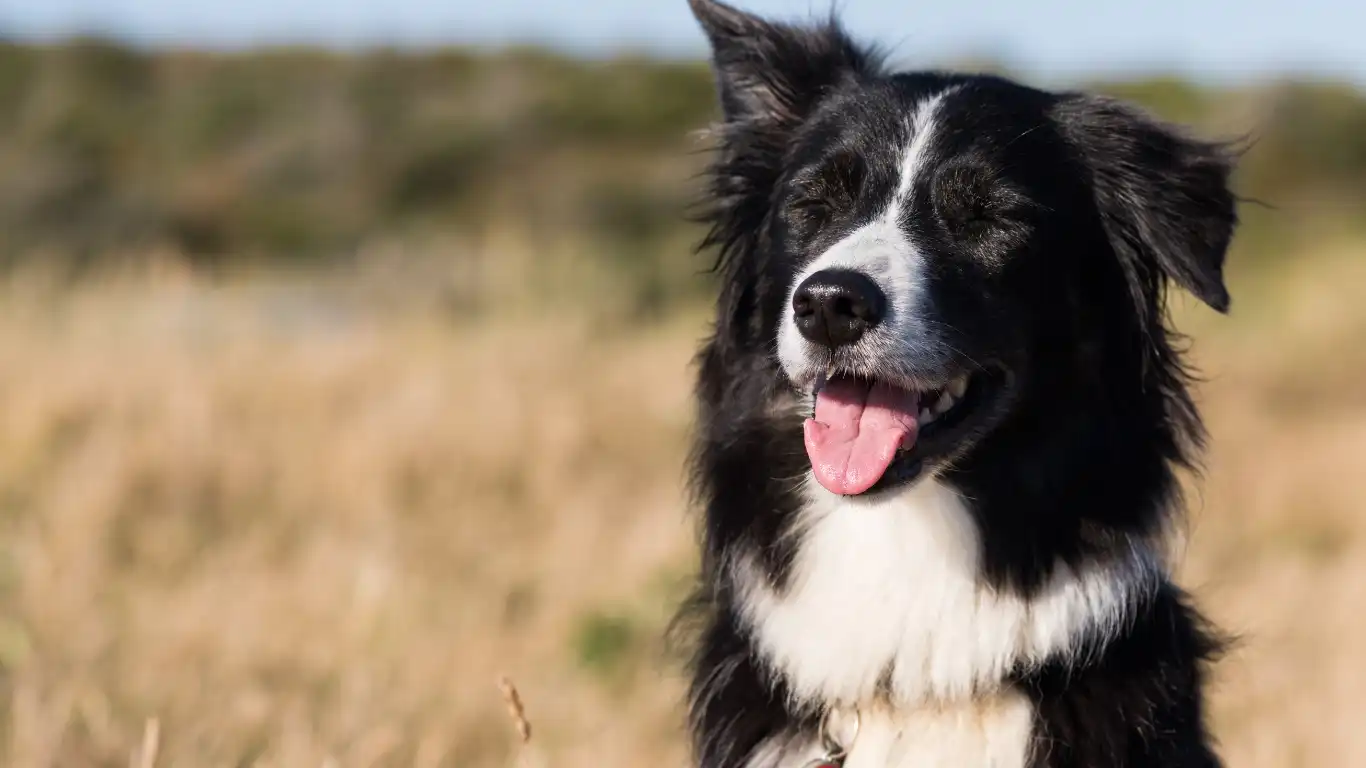
Now that you know how to brush a dog’s teeth at home, the real trick is sticking with it. Just like any routine (hello gym memberships and meal prep plans), consistency is the secret sauce. And honestly, once you and your pup fall into a rhythm, it won’t feel like a chore—it becomes just another loving part of your daily life together.
From my own experience—both in the clinic and at home—it takes about two to three weeks of regular brushing before most dogs start to relax and even enjoy the process. Some dogs even look forward to the toothpaste (one client swore her doodle thought it was dessert!). You’ll know you’ve hit a milestone when your dog sees the brush and wags their tail instead of backing away.
Tips That Help the Routine Stick
- Pick the same time daily: Dogs thrive on routine. Whether it’s after dinner or part of their bedtime wind-down, make it predictable.
- Keep it visible: Store your dog’s brush and toothpaste somewhere easy to grab—out of sight really is out of mind.
- Celebrate small wins: If your dog lets you brush just a few teeth without fussing—amazing! Reward with a treat or belly rub. Positive reinforcement never goes out of style.
One of my older clients with arthritis in her hands switched from a long-handled toothbrush to a silicone finger brush, and it made all the difference. She now brushes her Boston Terrier’s teeth every morning, while sipping coffee at the kitchen table. It’s their little ritual. Find what works for you and your lifestyle—it doesn’t have to look like anyone else’s routine.
Common Mistakes to Avoid

We’ve all been there—well-meaning pet parents just trying to do what’s best, only to end up with toothpaste on the walls and a dog hiding under the couch. Don’t worry, you’re not alone. Here are a few things I see a lot (and may or may not have done myself early on):
Brushing Too Aggressively
It’s not a race. Gentle, circular motions are key. If your dog yelps or pulls away, you’re probably brushing too hard. Think massage, not scrub.
Using Human Toothpaste
I can’t stress this enough—never use human toothpaste. Ingredients like xylitol and fluoride can be toxic to dogs. Stick to veterinary-approved brands. If you’re unsure, check reputable sources like petmd.com or ask your vet for a recommendation.
Skipping Vet Checkups
Even if you’re brushing regularly, professional dental checkups are still important. I’ve had clients who brush daily but miss a cracked molar or stubborn tartar hiding under the gumline. A yearly dental exam ensures you’re catching things early. Trust me—catching something early is way cheaper than treating it later.
Forcing It
If your dog is clearly stressed, take a break. You don’t want brushing to feel like punishment. Go back a few steps—sometimes just letting them lick toothpaste off your finger is enough for the day. You’re building trust, not just cleaning teeth.
Frequently Asked Questions
What’s the best toothpaste flavor?
That totally depends on your dog. I’ve had dogs that loved poultry, others who preferred vanilla-mint. My personal dog? She’s weirdly into seafood flavor. Most brands sell sampler packs, which is a great way to test the waters without committing.
Can I use baking soda or coconut oil instead?
Baking soda is a no-go. It’s too abrasive and can upset your dog’s stomach. Coconut oil? Some vets are okay with it as a temporary alternative, but it lacks the enzymes found in dog-specific pastes. It might help a bit with bad breath, but won’t remove plaque effectively. Stick to vet-recommended products for real results (akc.org and nih.gov have good info on canine oral health, if you want to dive deeper).
How do I handle an older dog who’s never had their teeth brushed?
Start slow, and have your vet check their mouth before diving in. Older dogs may already have some sensitivity or dental disease. A professional cleaning might be needed to give you a clean slate, and then you can maintain with brushing. Don’t worry—it’s never too late to start.
Final Thoughts on Brushing Your Dog’s Teeth at Home
Honestly, brushing your dog’s teeth at home might feel like one of those “extra” things only overachiever pet parents do—but it’s not. It’s basic care. Like feeding good food, regular walks, or belly rubs. And you don’t have to be perfect at it either. Just show up, do your best, and make it a positive experience for both of you.
As a vet tech who’s seen the ugly side of neglected oral health, I can tell you: a few minutes a day makes a massive difference. You’re not just brushing teeth—you’re adding healthy years to your dog’s life. That’s powerful.
So go grab that toothbrush, scoop some dog-safe paste, and give it a shot tonight. Your future self—and your dog’s sweet, stink-free breath—will thank you.
References
Disclaimer
This article is based on my professional experience as a veterinary technician/nurse specializing in nutrition and dental care. It is meant for educational purposes only and is not a substitute for veterinary advice. Always consult your veterinarian before making significant changes to your dog’s health routine or if you suspect dental disease.
